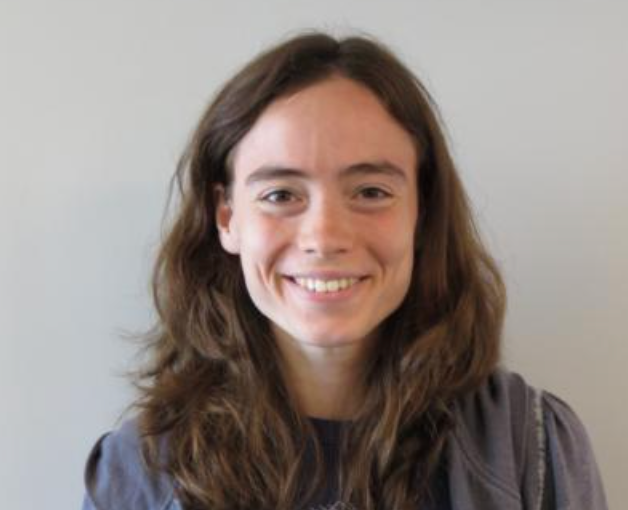Graph Theory for Data Science, Part II: Graph Algorithms: Traversing the tree and beyond
About This Video
Graph theory provides an effective way to study relationships between data points, and is applied to everything from deep learning models to social networks. This workshop is part II in a series of three workshops. Throughout the series we will progress from introductory explanations of what a graph is, through the most common algorithms performed on graphs, and end with an investigation of the attributes of large-scale graphs using real data.
And in particular for Part II:
Graph-based algorithms are essential for everything from tracking relationships in social networks to finding the shortest driving distance on Google Maps. In this workshop we will explore some of the most useful graph algorithms, from both the breadth-first and depth-first methods for searching graphs, to Kruskal’s algorithm for finding a minimum spanning tree of a weighted graph, to approximation methods for solving the traveling salesman problem. We will use hands-on examples in python to explore the computational complexity and accuracy of these algorithms, and discuss their broader applications.
This workshop was conducted by Stanford ICME PhD student, Julia Olivieri.
In This Video

PhD Candidate, Stanford University, ICME
Julia is a third-year PhD student in ICME (the Institute of Computational and Mathematical Engineering) at Stanford. I graduated from Oberlin College in 2016 with majors in Mathematics and Biology. Julia is currently working with ProfessorJulia Salzman to develop robust statistical tools for analyzing alternative splicing from single cell RNA sequencing data. With Roozbeh Dehghannasiri, I have developed the SICILIAN pipeline to filter out low quality spliced alignments and allow for the discovery of high-confidence unannotated splicing, and developed the Splicing Z Score (SZS) method to analyze alternative splicing differences even from droplet-based RNA-seq data.

